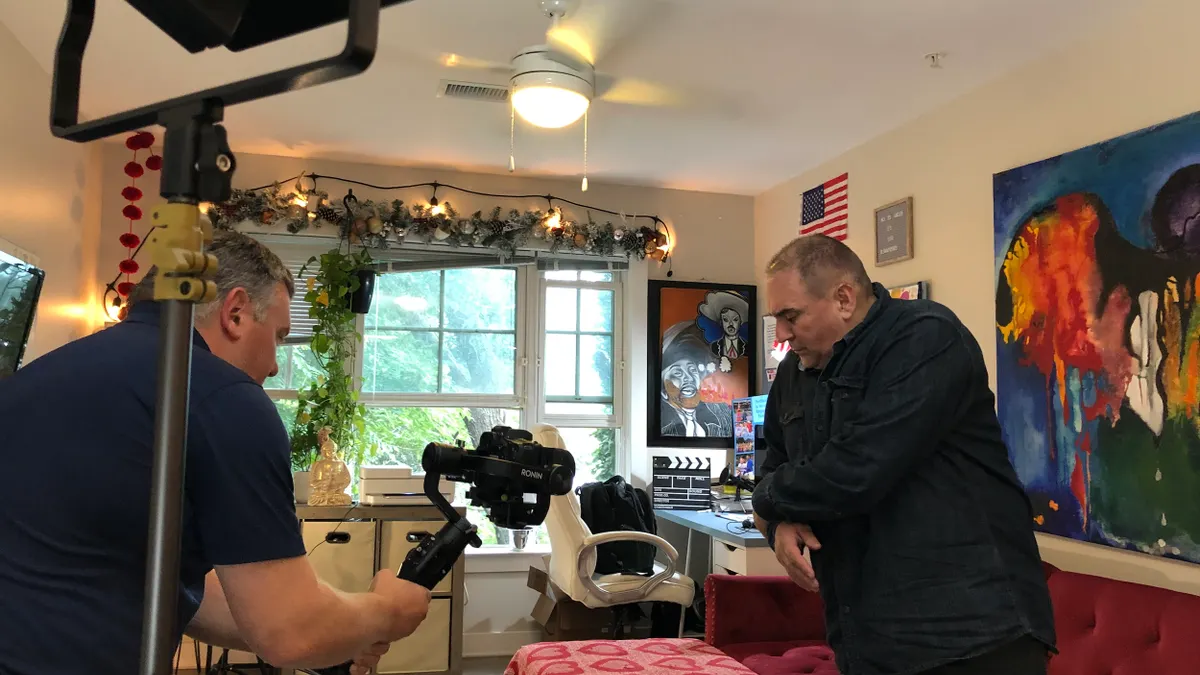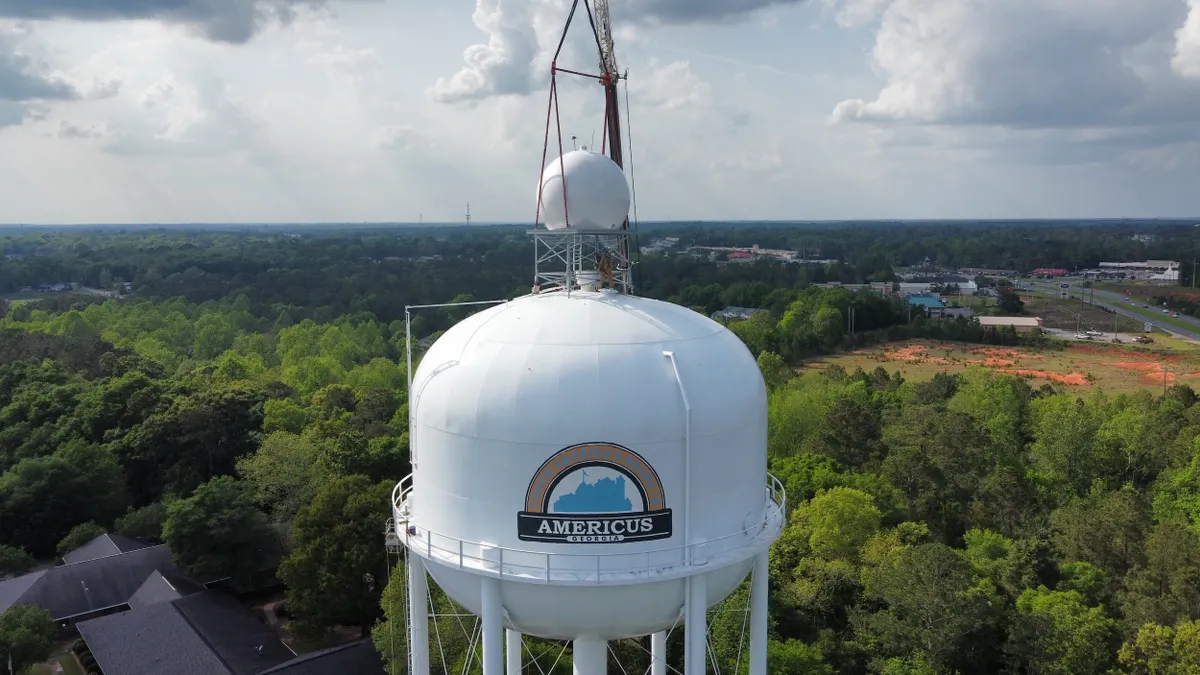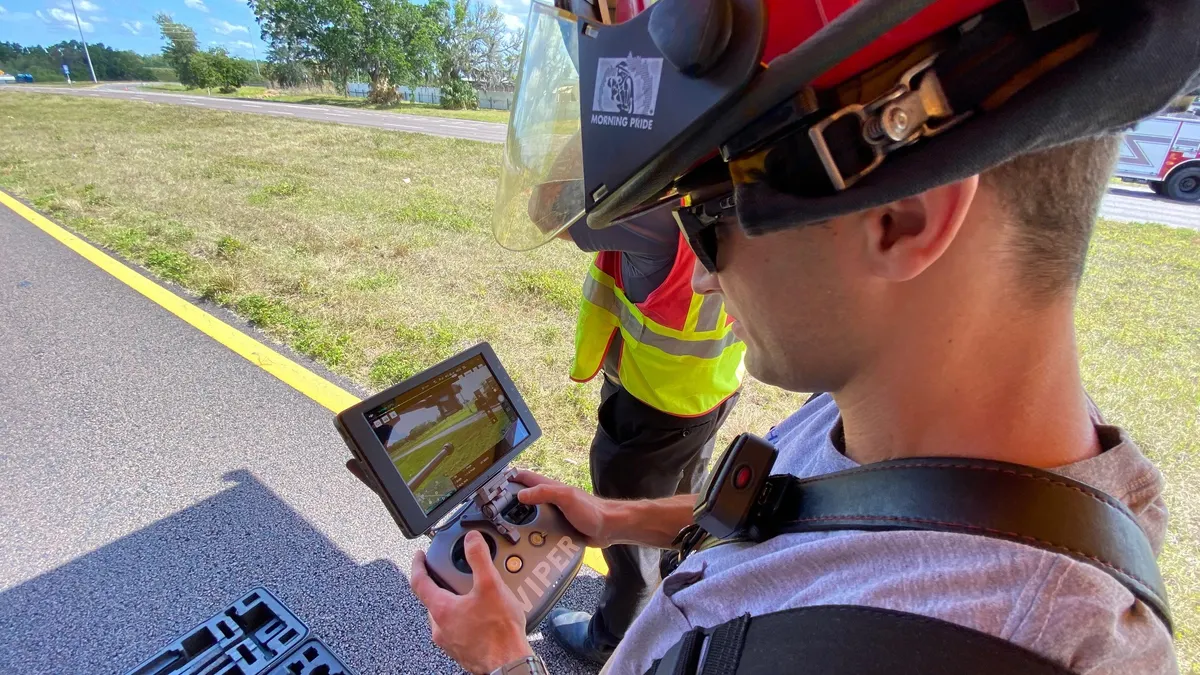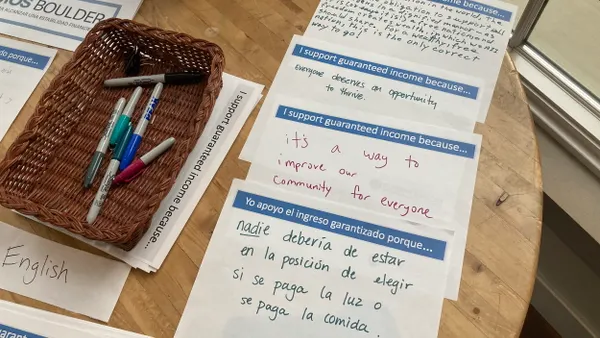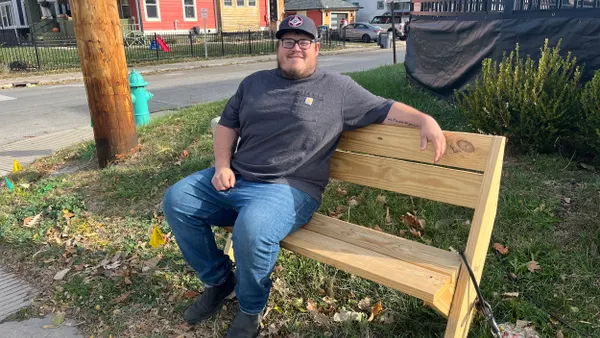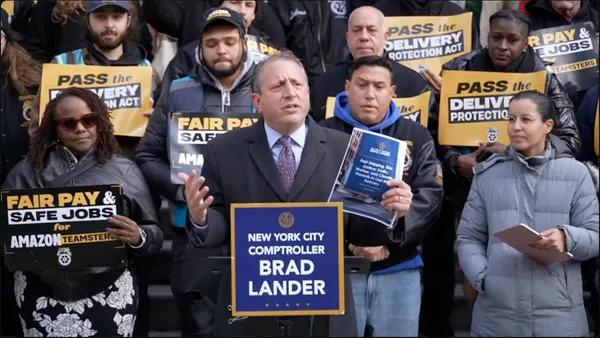For decades, strokes have been a leading cause of death and the number one cause of disability in Frederick County, Maryland, located about 50 miles west of Baltimore.
In 2023, Frederick County became the nation’s first county to participate in a Stroke Smart education campaign that uses the mnemonic BE FAST (for balance, eyes, face, arms, speech and time) to help residents remember stroke symptoms. But the mnemonic was meaningless to the roughly 31,000 of Frederick County’s nearly 300,000 residents who speak primarily Spanish.
Rather than simply translate the campaign from English to Spanish, the county researched the best way to reach the Spanish-speaking population and came up with Project AHORA. Based on the Spanish word for “now,” AHORA is also an acronym with each letter standing for a stroke symptom: andar (loss of balance or coordination), hablar (difficulty speaking or slurred speech), ojos (loss of vision in one or both eyes), rostro (face drooping or asymmetry) and ambos brazos o piernas (weakness or numbness in both arms or legs).
“There was an acknowledgment all along that we needed to reach everyone in the community, and that meant reaching them where they were, and where they are is not always English,” said Vivian Laxton, Frederick County communications and public engagement director. “We have made an intentional effort to be inclusive in our messaging, especially on things like this that are life saving.”
To promote the project, county staff members Sandra Sanchez, public affairs specialist, and Chris Eckert, multimedia producer, created a video public service announcement featuring individuals from different Latin American countries. The primary narrator is a well-known doctor in the Hispanic community, and a second narrator is a community leader known for her work with seniors.
The campaign was unveiled in December 2023 and two months later was credited with saving a woman’s life.
Ana Aviles, a resident who speaks only Spanish, had watched the Project AHORA video at a meeting for Spanish-speaking seniors. Days later, when Aviles awoke, one side of her face, including her lips and nose, was numb. “Fortunately, Ana remembered the symptoms and recognized the need to act quickly by calling 911,” Laxton said.
Aviles shared her story in a video interview, which was featured in County Executive Jessica Fitzwater’s State of the County Address. “If it hadn’t been for that [video], I wouldn’t be here telling this story,” Aviles said. Now that Frederick County and its nonprofit agency partners have witnessed the success of Project AHORA, they are looking into creating additional campaigns for other non-English speaking communities, Laxton said.
“Any time we put something out in Spanish, we will get a reaction: ‘When are we going to get this in Chinese?’ Or, ‘When are we going to get this in French?’” Laxton said. “So, we know that there's a desire from these communities to get this information.”
The county’s efforts go beyond the spoken language. Home county to the Maryland School for the Deaf, Frederick counts among its population about 52,000 residents who are either deaf or hard of hearing, Laxton said, so the Project AHORA team is considering an American Sign Language version as well.
The Project AHORA Spanish Stroke Awareness Campaign has won Frederick County a 2024 Crown Communities award.
Laxton said it represents “the Frederick way of doing things, where we work together with all our partners to make sure we're doing it right, that we're getting the right people, saying the right words and just reinforcing the information to reach them where they are.”


